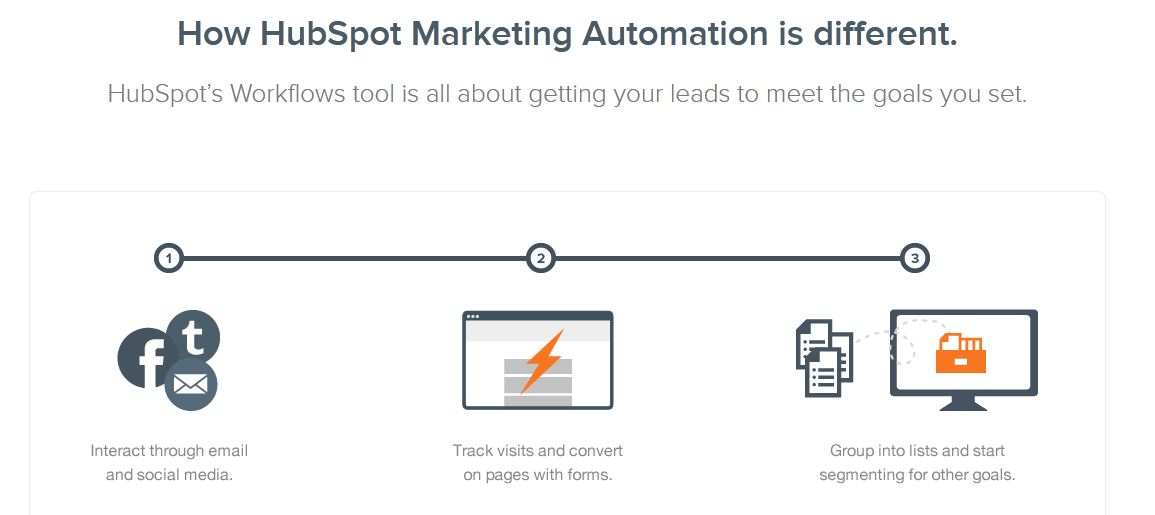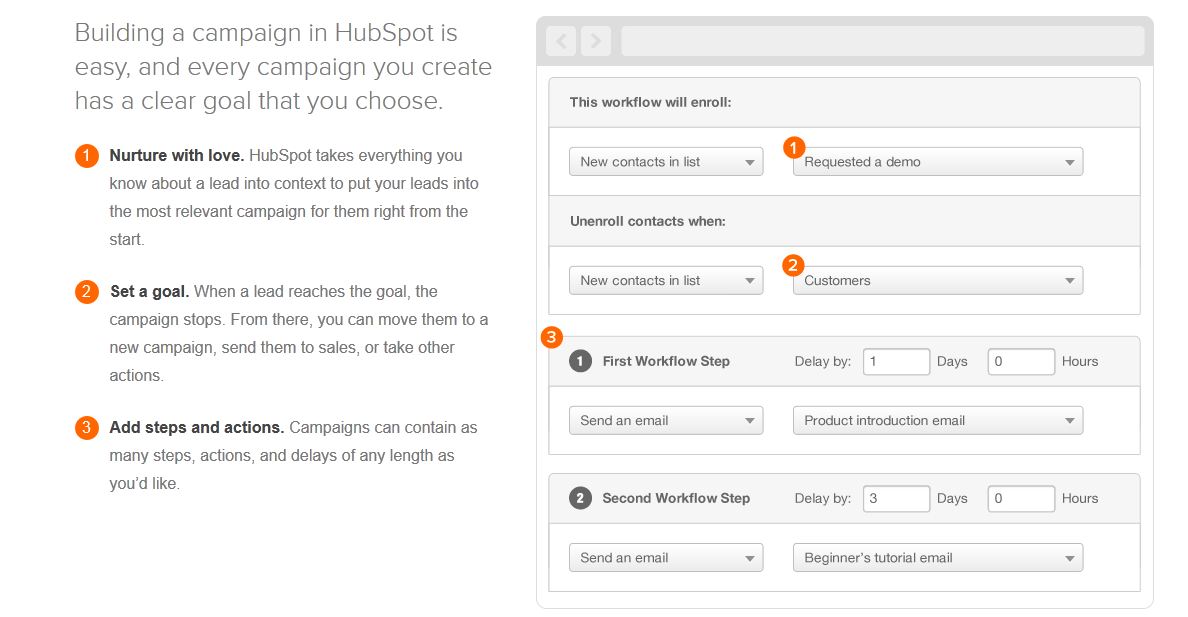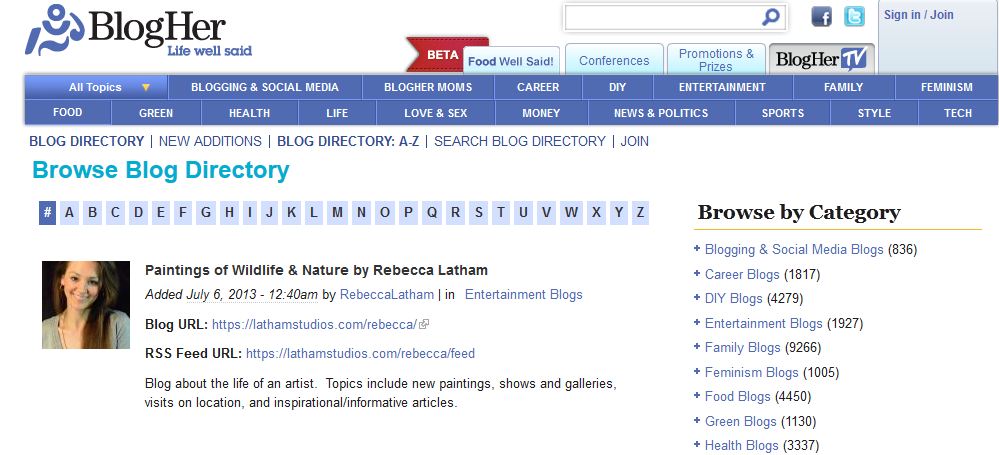
In the last few years, the words “content marketing” have become buzzwords in the corporate business, marketing, digital and media space. But what is it really? Content marketing as defined by the Content Marketing Institute (CMI):
Content marketing is a marketing technique of creating and distributing relevant and valuable content to attract, acquire and engage a clearly defined and understood target audience — with the objective of driving profitable customer action.
Content marketing is becoming the new black from both a quantity and quality standpoint for individuals throughout the world. Some have stumbled into this world. Businesses both large and small are realizing that in order to compete, they must embrace this new era of interaction and develop true content marketing programs. Content marketing is becoming a disruptive force. In the past, marketing pros relied on production, publishing and promotional amplification tools. Content is the fuel that makes all of those platforms run. However, a few blog posts or an email campaign won’t suffice anymore.
Provide Value With Content
Relevant content coming from a business through a thought leadership perspective has a considerable effect on attracting and retaining customers. It’s not hokey, it’s not a pitch and it’s not everyday sales — it truly has become an educational and informative way to deliver knowledge and content to build brand loyalty and awareness.
A study by Roper Public Affairs shows that 80 percent of business decision makers prefer to get company information in article form rather than in an advertisement. Seventy percent say content marketing makes them feel closer to a company, while 60 percent say that company content helps them make better product decisions. “Content marketing works because it delivers relevant proof of value,” says interactive content marketing strategist Mark O’Renick. Quality content marketing engages consumers to look at a business differently.
Many C-suite, advertising and marketing executives believe their company has great content to shoot out and share in the public arena, but they don’t feel they can do this quickly enough or keep it moving through a streamlined process. Spreadsheets, emails and project management systems have all been used by marketing teams in recent times to churn out content on a routine basis. This has led to a whole new industry of technology solutions that make your typical marketing editorial calendar look like a thing of the Stone Age.
Work Smarter
A Kansas City, Missouri-based startup, DivvyHQ, realized that content marketing is the present and the future of marketing. Their founders, both from the digital agency world, developed an ideation, planning and production workflow specialty tool to help businesses and online publishers embrace content marketing and collaboration, but in a manner that allows the user or users to do so in a more efficient way without all the headaches. Simply put, DivvyHQ aims to take content marketers out of spreadsheet, email, storage and organizational hell and alleviate the challenging manual and laborious process. Corporations such as Intel, Toyota, Bed Bath & Beyond, Walmart, Sprint, H & R Block, Travelocity and Adobe have all worked with DivvyHQ. PR and media giants Ogilvy, Edelman and the National Geographic Channel have also used the product to streamline their content needs.
“Despite the traditional publishing industry taking a beating over the last decade, companies can learn a lot from the day-to-day planning methods, scheduling tools and production processes that help publishers hit deadlines and crank out great content every day,” says content marketing expert Brody Dorland.
Turn to the Cloud
Companies and enterprise level organizations who handle multiple individuals and tasks are finding out they need a way to plan, divide and conquer their content marketing and editorial needs on the cloud. They have discovered they also need ways to break down the internal silos in the workplace. Some have used the old fashioned approach and tried breaking down physical walls in their office to get their employees and content producers to talk. There is an easier way. Virtual, real-time sharing and collaboration significantly improves these situations and breaks down silo walls.
Dorland believes, “Simplifying things and leveraging the cloud to help global, decentralized content teams collaborate, share assets and increase the quantity and quality of their content output is huge right now.”
The content marketing phenomenon isn’t going away. Content collaboration and team calendaring is on the upswing. The spreadsheet free editorial calendar is the new king of the castle. Companies both large and small are yearning and will continue to yearn for high-powered, specific content marketing tools to help take their business to the next level.
Content marketing is the new black.
A version of this post originally appeared here.
@JasonGrill is the founder of JGrill Media where he consults on media relations, public affairs and strategies and government relations. Under same umbrella, he works in the media as a local and national writer/contributor, radio host and television analyst/commentator. He is the co-founder of Sock 101.
The Young Entrepreneur Council (YEC) is an invite-only organization comprised of the world’s most promising young entrepreneurs. In partnership with Citi, YEC recently launched StartupCollective, a free virtual mentorship program that helps millions of entrepreneurs start and grow businesses.




 Begging might not be so bad.
Begging might not be so bad.






